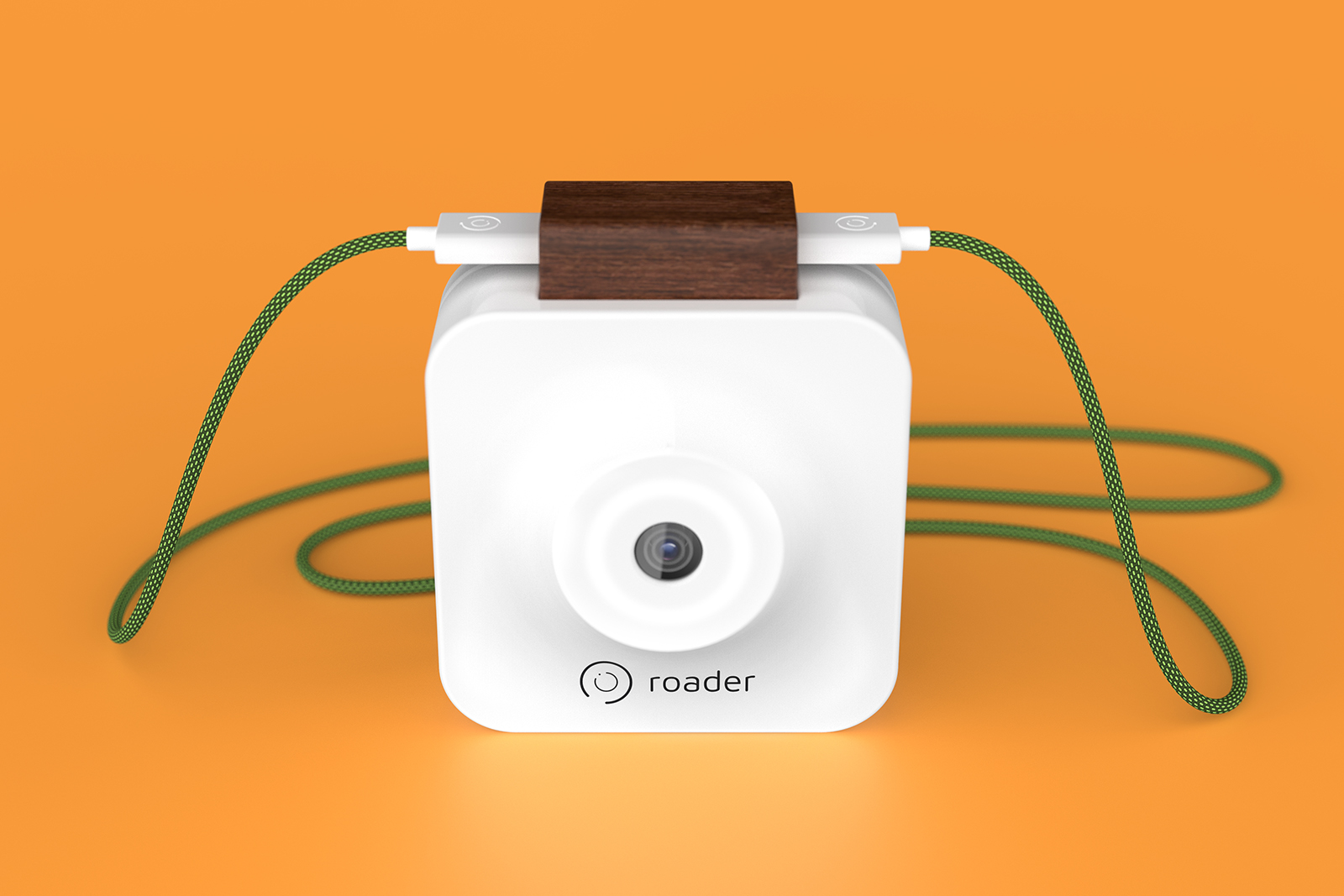While wearing the camera, the Time Machine buffers everything it sees, but in order to prevent a data overload, deletes everything after 10 seconds. Rather than shooting a traditional photo, pressing the shutter button on the Time Machine instead tells the camera to save those last 10 seconds as a video clip.
The lifelogging camera records in two square formats simultaneously, with both a 640 x 640 30fps option and a 1088 x 1088 30 fps video. The smaller of the two files is sent to a smartphone, a process that takes only about 20 seconds, while the larger file is saved on the 16GB of internal storage for uploading to a computer later. (A 32GB version of the camera will also be available).
With a square format designed for social sharing, the Time Machine has between six and seven hours of battery life, allowing wearers to record a good chunk of their day.
The camera was actually inspired by a meteor strike in 2013, which got Dutch entrepreneurs Sjoerd Pitstrastarting and Joost Godee wondering how they could capture of video of something that just happened.
The Time Machine isn’t the first camera that can actually record a few seconds of the past. In Panasonic’s 4K photo modes, a preburst option shoots up to 60 images before the shot. In this mode, however, a half press of the shutter button (to focus the shot) tells the camera to start recording, helping to capture the moment even if the photographer was a second late on the actual full press of the shutter.
One of the main problems with wearable lifelogging cameras is sorting through all that footage to find the shots that are actually interesting and worthwhile and Time Machine looks to solve that problem by giving users 10 seconds to push the button to save that memory, rather than recording the entire day. Other wearable cameras, like the family-oriented Benjamin Button, use AI to determine what moments to save.
Roader expects the Time Machine to launch this spring, with a retail price of $199. Pre-orders from the Roader website are available with a $50 discount.






